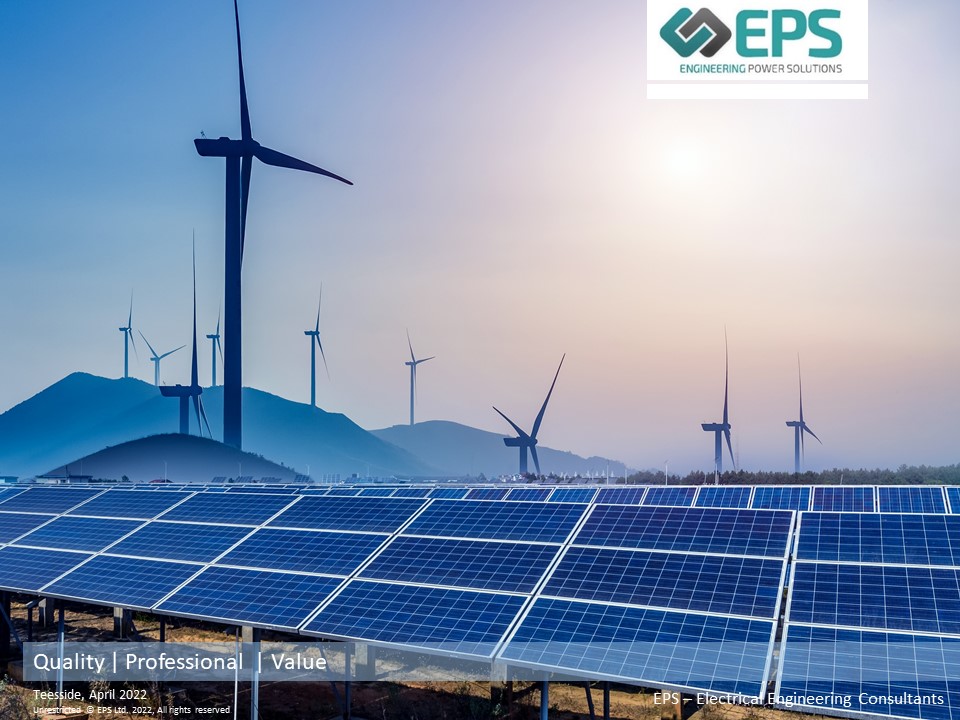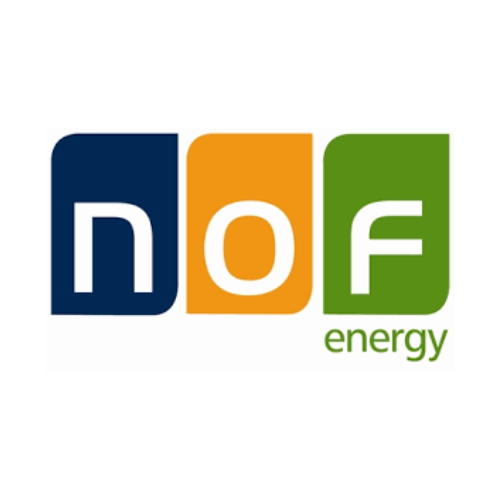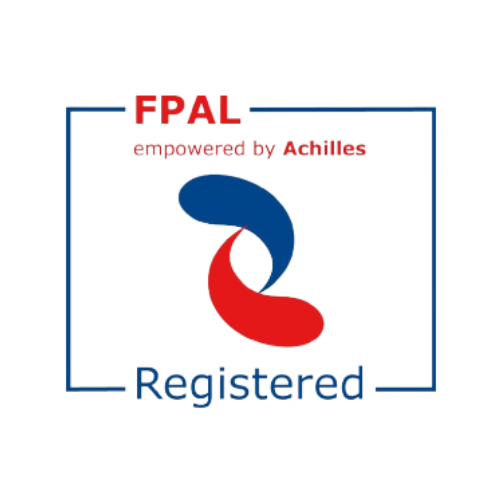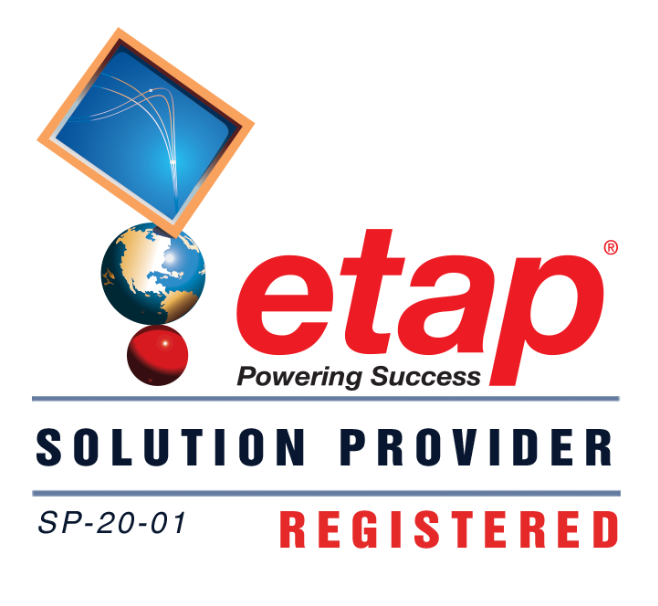The EPS guide to the EREC G99 application form
EPS has been involved with over 200 grid connections over the past 10 years. With the electricity prices soaring more and more companies are looking at ways to generate their own electricity to offset the extortionate electricity prices.
We have put together a brief guide to the G99 grid connection form explaining the application process and the terminology used for connecting a generation plant (solar, wind, tidal, hydro, biomass etc.) including electricity storage systems (batteries) to your local electrical distribution network.

Before connecting any generation plant to your electrical network whether this is a manufacturing plant, distribution centre or directly to the electrical network for example then you’ll need to complete a G99 application form.
What Is A G99 Application?
Engineering Recommendation (EREC) G99 covers the requirements for the connection of generation equipment in parallel with public distribution networks and is a legal requirement for certain generators connecting on or after 27 April 2019. EREC G99 came into force on the 27th April 2019 replacing the previous EREC G59 requirements. Existing generation sites that have been commissioned under the EREC G59 requirements are still valid and do not need to re-apply.
What Is The Difference Between G59 And G99?
G99 replaces Engineering Recommendation G59 and details the requirements for generation equipment connecting to distribution networks. The new G99 standard has more onerous operating requirements compared to the previous G59 standard, especially for generation schemes that are rated 1MW or larger.
With the implementation of Engineering Recommendation (EREC) G99, the application process has remained largely the same for most generation sites.
However, if additional units are added to the site, these new units must comply with G99 but will be considered separately from the existing G59 commissioned units. Distribution Network Operator (DNO) licence condition SLC15 has not changed. As such, generation applications remain aligned with the existing timescales and are still submitted directly to the relevant DNO.
What Information Is Required To Complete The EREC G99 Application Form?
The minimum amount of information to complete a G99 Standard Application Form will need to have the following information:
- Letter of Consent from the landowner
- The location map of the generation site with the substation clearly shown
- Full address of the site, including the postcode and OS Grid Reference coordinates
- Details of any existing connection agreements at the site
- Single Line Diagram detailing the electrical configuration of the generating equipment and interface with the DNO’s network
- Name of applicant; the exact name of the legal entity that will contract with the DNO
- Name of the generating site
- Type(s) of technology
- Preferred energisation date
- Preferred active power export capacity of site (MW), number of generating units and overall site capacity (MW)
- Generating unit datasheet (if available)
- Preferred active power export capacity of the site (MW)
Not all this information can be entered into the form and will therefore need to be provided as part of the application pack.
The network has seen a large rise in connecting embedded generation and in particular, electricity storage – which may behave with the characteristics of either demand or generation depending on its operating regime which is dictated by the service(s) being provided. There is now a section dedicated to electricity storage systems in the application form alongside questions regarding the proposed behaviour of the energy storage system and the services it will be providing.
The updated G99 definition of Electricity Storage in the electricity system is “the conversion of electrical energy into a form of energy which can be stored, the storing of that energy, and the subsequent reconversion of that energy back into electrical energy”. This is different to Energy Storage, which may “convert electrical energy into another form of energy but does not reconvert it back into electrical energy”, instead using it in that form and therefore may be treated as a demand from an electricity operation point of view.
The G99 form also includes all information pertaining to electricity storage including commercial service(s) provided.
Part 3 includes a section for Generating Unit Voltage Control, although this is to be agreed with the DNO so may only be completed after the first issue. This includes power factor settings and voltage and reactive power set points.
High Voltage (HV) connected Power Generating Modules (PGM’s) are required to specify their frequency response Droop setting in Limited Frequency Sensitive Mode (LFSM). This is a mandatory requirement for these generators. For Type C and D PGMs the frequency response mode also needs to be specified if it is the more onerous Frequency Sensitive Mode (FSM) instead of LFSM.
What Are Non-Contestable And Contestable Works?
When you receive a quotation from your local DNO you’ll receive a quotation that’s split into two, a price for Contestable and Non-contestable works. Non-contestable work is work that only the electrical distribution network operator can undertake. Contestable work is work where a fully accredited Independent Connection Provider (ICP) electrical installation contractor can complete where the price can sometimes be more competitive than what the DNO can offer.
From generator applications through to compliance verification, system studies, design and commissioning, EPS can help you understand the changes and how they will impact your project.
EPS are also offering G99 training courses throughout 2022 which will bring you up to speed with the changes and the new application process. Please get in touch to find out more or to book your place.
For more information please contact EPS directly or any of our grid connection experts.










